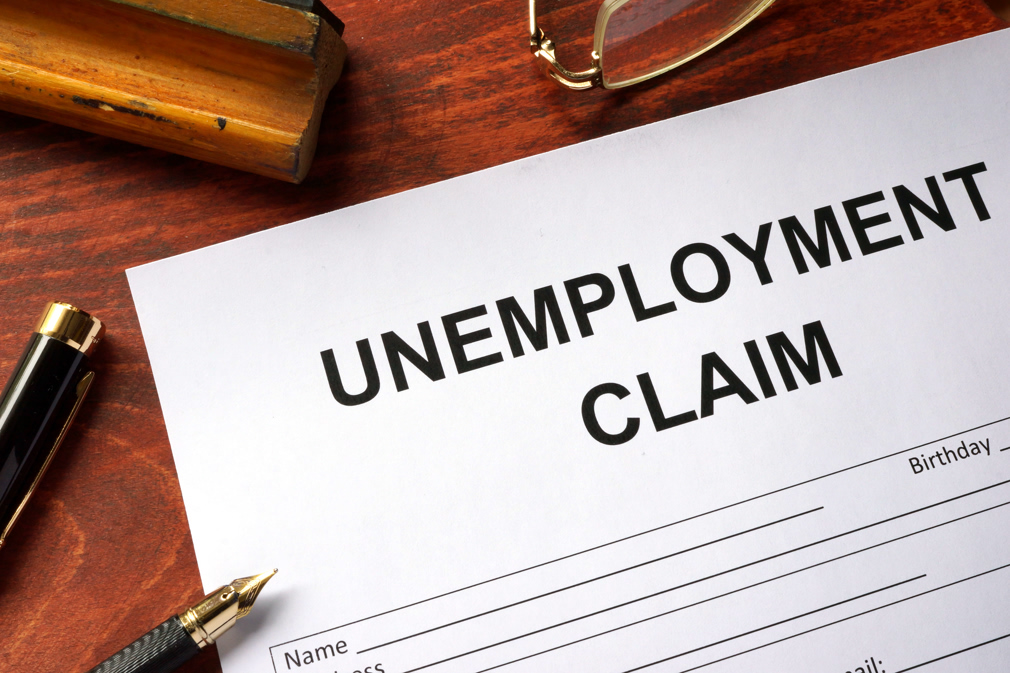The tally of Americans seeking jobless benefits because of COVID-19 closures now stands at 30.3 million with the addition of 3.8 million last week, according to Labor Department data released Thursday.
Based on the new data, the unemployment rate for April probably will be 15% to 20%, according to Joel Naroff, president of Naroff Economics. That would exceed the jobless peak of the financial crisis: 10% seen in October 2009. The Labor Department reports the April unemployment rate on May 8.
For May, the unemployment rate could go above 20%, Naroff said.
“We’re likely to peak above 20%,” Naroff said in an interview. “How long we stay there really depends on the virus and how quickly we can safely reopen.”
The change in consumer behavior that sparked the layoffs began before states issued official “stay-at-home” orders, said Diane Swonk, chief economist at Grant Thorton who advises the Federal Reserve. Lifting those restrictions won’t be a quick fix if consumers are worried about getting sick and decide to stay at home.
“We saw economic activity fall off dramatically well before any state issued a stay at home or shelter in place order,” Swonk said. “The fear is real of infection, and not abated.”
It was the fourth consecutive week initial claims retreated since reaching a record 6.87 million at the end of March when the COVID-19 pandemic began shutting down the U.S. economy.
While last week’s number was more than triple any data seen before the arrival of COVID-19 in America, the downward slope suggests the worst of the job losses may be behind us.
But, the “V-shaped” recovery some have touted, meaning a quick recovery in time for the U.S. presidential election in November, may prove to be elusive, even with states such as Georgia and Florida starting to reopen.
“If we look six months down the road, we could still be at 10% even with a slow but steady reopening process, and that was the peak in the Great Recession,” Naroff said.
The $2.2 trillion rescue bill passed by Congress in March adds $600 a week to the amount of benefit a jobless person gets, in an attempt to fully replace salaries and help Americans pay their monthly bills like mortgages.
It also made gig workers like Uber drivers, freelancers and self-employed people eligible for the first time, though antiquated state systems have delayed many of those claims.
Florida had the most jobless claims last week, on an unadjusted basis, followed by California and Georgia. Most U.S. states reported declines.







